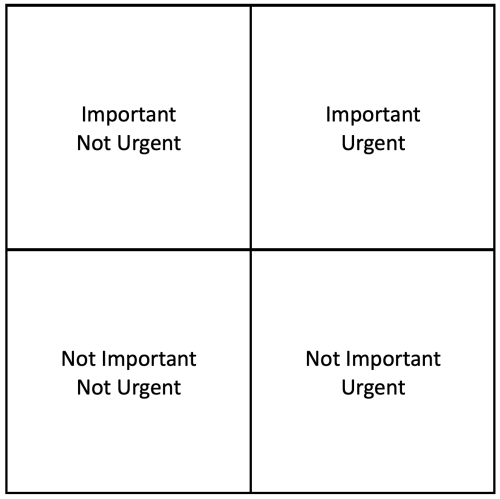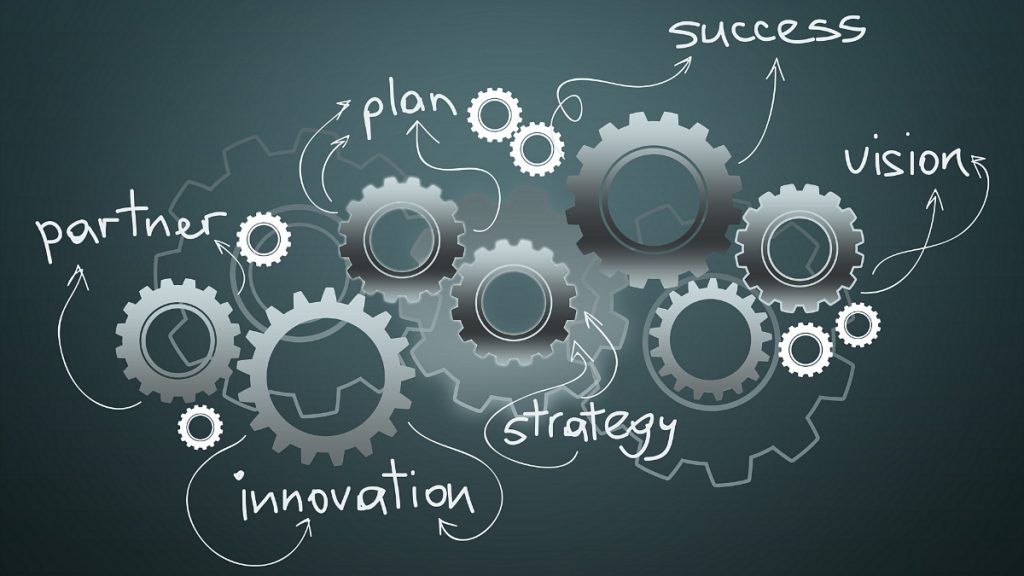
As you well know, a team or an organization that is simply compliant produces mediocre results. On the other hand, if people are engaged and committed, the results are very different.
When someone is compliant, they simply obey – doing what’s asked of them but no more. Typically they’re doing just enough to keep their job. In contrast, someone who’s committed will spend time and effort outside of normal business hours thinking about work, solving problems, finding better ways to get the job done, seeking out new insights, and taking action.
What causes someone to be committed? There are a number of drivers of commitment. The first is that they need to have some degree of self-motivation. If a person isn’t self-motivated about the work they’re doing, they should find a job that has the kind of work they can be enthused about.
The second driver of commitment involves the person they report to – their leader/boss. A motivated, committed person will soon become unhappy if their boss is someone they don’t trust and respect.
Trust and respect must be earned over time. Trust is earned by acting with integrity and by acting in integrity. Acting with integrity means doing what you say you will do and acting in integrity means being the kind of person you claim to be.
Trust grows when a leader follows through on their commitments, and mistrust grows when they don’t follow through. Trust grows as a leader consistently acts in alignment with the values they say matter to them, and mistrust grows when someone claims to embrace certain values but acts in a manner at odds with them.
When it comes to respect, a leader demonstrates they respect someone when they listen to their ideas and interact with them in a respectful manner. When a leader doesn’t value people and doesn’t treat them with respect, their team loses respect for them.
The third driver of commitment involves the culture of the organization. A company that lives by the core values that matter to it drives engagement and commitment. On the other hand, an organization that claims certain core values but acts in ways which clearly demonstrate that those values don’t matter, soon causes widespread disillusionment and disengagement. It’s just like a leader professing the importance of certain values but acting in a manner at odds with those values. When a company tolerates bad behavior, it demonstrates a lack of integrity, which leads to a loss of trust and respect within the organization.
The fourth and final driver of commitment involves the nature of initiatives undertaken by the company, the department, or the team. An initiative without a reason, lacking any purpose other than to make the person who set the goal look good, leaves people flat. If an initiative is to drive commitment, there needs to be a “why”. People become engaged and committed when they believe in what they’re doing and feel they are making a difference.
If you want a committed workforce, start by ensuring that skilled people are being hired who are self-motivated and aligned with the organization’s culture. Ensure that leaders at all levels improve their interpersonal skills. Take a good hard look at whether the organization is living up to the core values it claims to embrace. And be clear about why initiatives are being undertaken.
If you’d like help driving engagement and commitment, let’s find a time to talk.
Helping leaders drive stronger results is my passion.




